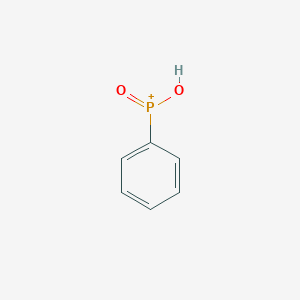1. The initial date of the jujube tree. The crowns of this period have not yet formed, and vegetative growth is still dominant, but the production has increased year by year. Pruning during this period should be based on sparse, retractive, short-cutting, and cultivation, and pruning should be carried out according to the principle of "four stays and five stays." "Four stays" is the peripheral jujube head to stay, the jujube head on the backbone branch must stay, the jujube head that is robust and full has developmental prospects to stay, the jujube head with a large number of secondary branches and jujube stocks and strong ability to stay, To achieve the goal of continuously expanding the canopy, increasing production year by year. "Five not stay" refers to drooping branches and weak branches that do not stay, slender oblique branches and overlapping branches do not stay, pests and dead branches do not stay, improper and unpractical leggy branches do not stay, round branches, cross branches, And branches and leggy branches do not stay. The jujube head that does not make the extension branch of the main branch for a short period of three years or more and the main branch date head that does not continue to be extended. For bald branches, gradually retract and renew.
2. Jujube tree in full fruit period. The canopy has been formed during this period, the growth potential has weakened, the canopy is basically stable, and the result is strong. At the late stage, the tip of the stem was gradually bent and cross-grooved, and the internal hemorrhoid gradually withered. The resulting site shifted outward. Therefore, pruning should be combined with the method of loosening, opening the light path, irradiating light into the pupa, cultivating the inner lychee, preventing the internal shoots from dying and the resulting parts being moved outwards, paying attention to the culturing and renewal of the twigs, and extending the result years.
3. The old date tree's updated trim. With the increase of tree age, the stems gradually withered, the crown became smaller, the growth became significantly weaker, the growth of the jujube head was small, the jujube hanging was short, and the result was significantly decreased. This old tree needs to be updated and trimmed to rejuvenate the tree. The degree of updating depends on the number of effective date stocks (ie live stocks). Jujube trees should be renewed when their date stocks are between 300 and 500. It is to select outgrowths from the backbone branches, saw the total length of the stem branches 1/2 to 2/3, and stop reopening. Raising trees for 2-3 years; when the effective jujube stocks are 500-1000, they can be updated in medium, saw off 1â„4 to 1/3 of the total length of the stems, stop opening and raising trees for 1-2 years; When the stock is between 1000 and 1500, it can be lightly renewed, and saw off 1/7 to 1/5 of the total length of the stem, and open it as usual.
Phenylphosphinic Acid CAS No.1779-48-2
Phenylphosphinic acid Basic Information
Product Name: Phenylphosphinic acid
CAS: 1779-48-2
MF: C6H7O2P
MW: 142.09
EINECS: 217-217-3
Mol File: 1779-48-2.mol
Phenylphosphinic Acid Structure

Melting point 83-85 °C(lit.)
Boiling point 180 °C
density 1.376
form Crystalline Solid
color White
Water Solubility 7.7 g/100 mL (25 ºC)
Phenylphosphinic Acid Application
Antioxidants. Promoter of organic peroxide catalyst.
Phenylphosphinic Acid,Oxidation Of Phenyl Phosphinic Acid,Phenylphosphonic Acid Reaction,Phenylphosphonic Acid Catalyst
ShanDong YingLang Chemical Co.,LTD , https://www.sdylhgtrade.com